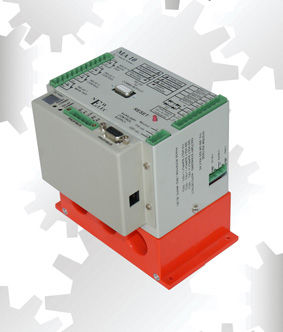
Contact Details:
NewElec (Pty) Ltd
298 Soutter Street cnr Maltzan Street
Pretoria West
Pretoria
0058
South Africa
Tel: +27 (0)12 327 1729
Alt. Tel: 0860 103 041
Fax: +27 (0)12 327 1733
Send Enquiry | Company Information

ELIMINATING UNDERLOAD CONDITIONS
Product News Wednesday, January 23, 2013: NewElec (Pty) Ltd
An underload condition is identified as the condition under which the motor load drawn by a motor under operational conditions is below the minimum safe or normal load power factor, indicating a faulty or abnormal operating condition.
The underload condition occurs in loss of a driven load, typical examples are: loss of suction on a centrifugal pump; snapping of ‘V’ belts on a pulley driven load; and shearing of the motor shaft or coupling shearing pin, to name but a few conditions. Underload is detected by measuring and establishing that the power factor of the motor load being drawn by the motor windings is < the preset minimum power factor value established by the process healthy condition. Should an underload condition be detected an alarm condition is generated and after a preset time delay (1 to 100 s typical) the motor is tripped on minimum load.
Underload protection should be used where the process load, production line or process would be critical. Typical examples are: when oversized motors are used resulting in insufficient current differential between a loaded and an unloaded motor in the production process; or a process being controlled by DCS or SCADA which uses an auxiliary contact on the contactor via the I/O block. This is used to indicate a run signal and will provide the interlocking to other drives downstream of the affected drive and will result in chemical or material spillages since the faulted drive is not clearing the material through its part in the process.
NewElec’s MA Series motor protection relays provide protection for underloads or undercurrents, overload protection for both sustained and cyclic overload conditions, as well as unbalanced current, single phasing and earth leakage protection.
